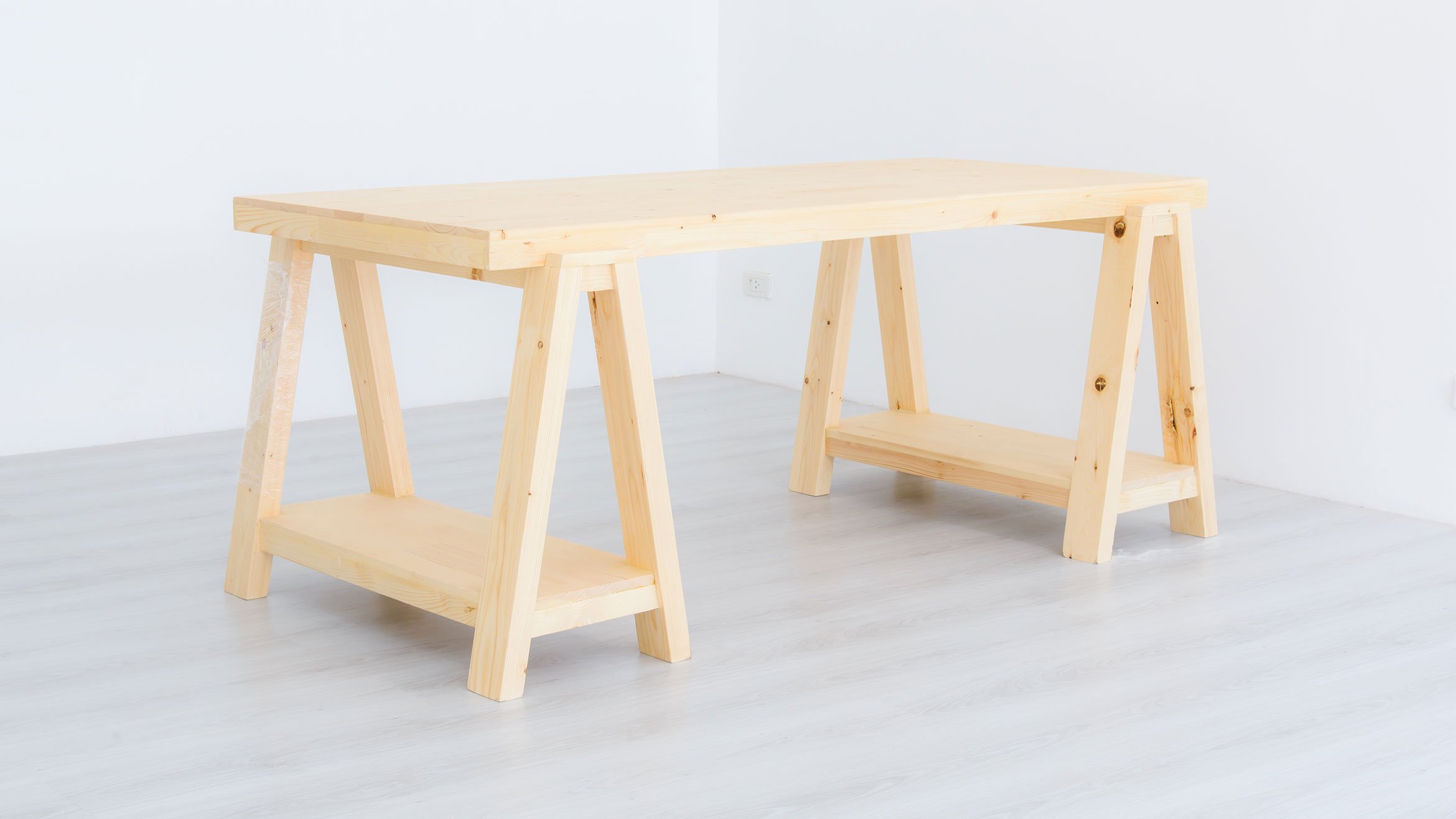Of all the markets in the forest industry, China is the most dependent on imports. However, these imports are divided into very different products: log (roundwood) of lower to mid-quality is imported to China, and the local mills saw it when they need sawn timber for construction. Wood is little used as a construction material in China, although sawn timber is used to produce cast moulds for concrete forming.
However, sawn timber of better quality is required for the furniture industry, and this is increasingly imported from Europe.
“Only 45 per cent of the wood used in China is produced locally. The share of imported wood is 55 per cent, and it includes sawn timber, logs, pulp and paper,” says Russ Taylor, who runs his own forestry sector consulting company.
Until the pandemic, the price of sawn timber in China was approximately 20–30 per cent lower than in North America. Global demand has increased so much that Taylor believes Chinese prices will go up and some products will eventually approach global market prices.
Although China was the first country to be hit by the Covid-19 crisis, it survived with less economic damage than the rest of the world.
“It is estimated that after the spike in recovery, the Chinese economy will improve at a rate of five per cent over the next five years, which is quite fast. However, Chinese exports have been struggling. Furniture exports have been subject to import duties and antidumping regulations. Economic growth will ensure that the standard of living will improve, and an even larger share of production will be consumed domestically.”
Taylor notes that Chinese companies do not yet care about the origin of the wood they use. They will have to start caring if they want to export their wood products to the rest of the world, but exports are slowing.
“China is actively protecting its own forests, which supply less than half of its own production. I believe China plans to use imported wood sourced from around the world until the supply of cheap wood dries up. They will then have an increasing number of their own plantation forests, and they will be able to use this wood for a number of applications and be more self-sufficient.”

This article was originally published in Timber Magazine issue 2021–2022.

